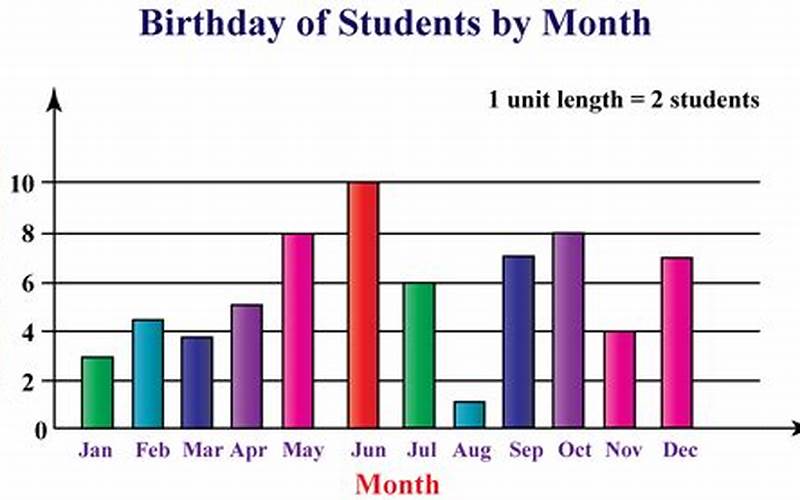Introduction
 Source: tse1.mm.bing.net
Source: tse1.mm.bing.netGraphs are a fundamental concept in computer science, playing a crucial role in solving complex problems and modeling relationships between different entities. In this article, we will delve into the fascinating world of graph computer science, exploring the various types of graphs, their applications, and the algorithms used to manipulate and analyze them.
What is a Graph?
 Source: tse1.mm.bing.net
Source: tse1.mm.bing.netIn computer science, a graph is a data structure consisting of a set of nodes (vertices) and edges that connect these nodes. The nodes represent entities, while the edges denote relationships or connections between them. Graphs provide a powerful way to represent and analyze complex networks, making them widely used in various applications.
Types of Graphs
 Source: tse1.mm.bing.net
Source: tse1.mm.bing.netThere are several types of graphs, each with its own characteristics and applications. The two most common types are directed graphs and undirected graphs. In a directed graph, also known as a digraph, the edges have a specific direction, indicating a one-way relationship between nodes. On the other hand, in an undirected graph, the edges have no specific direction, representing a bidirectional relationship.
 Source: tse1.mm.bing.net
Source: tse1.mm.bing.netAnother important distinction is between weighted and unweighted graphs. In a weighted graph, each edge has an associated weight or value, representing the strength, cost, or distance between the connected nodes. In contrast, unweighted graphs assign no specific values to the edges.
 Source: tse1.mm.bing.net
Source: tse1.mm.bing.netCyclic and acyclic graphs are two more categories worth mentioning. A cyclic graph contains at least one cycle, which is a path that starts and ends at the same node. In contrast, an acyclic graph has no cycles, meaning there are no paths that lead back to the starting node.
Applications of Graphs
 Source: tse1.mm.bing.net
Source: tse1.mm.bing.netGraphs find applications in various fields, playing a vital role in solving complex problems. One prominent application is in social networks, where graphs model connections between individuals or entities. Social media platforms rely on graph algorithms to suggest friends, recommend connections, and analyze the spread of information through the network.
 Source: tse1.mm.bing.net
Source: tse1.mm.bing.netGraphs are also extensively used in the field of transportation and logistics. Road networks, airline routes, and public transportation systems can be efficiently represented using graphs. Algorithms based on graph theory help optimize routes, plan deliveries, and navigate through complex networks.
 Source: tse1.mm.bing.net
Source: tse1.mm.bing.netRecommendation systems heavily rely on graph algorithms to provide personalized suggestions. By analyzing the connections between users, items, or content, these systems can recommend products, movies, music, or articles that are likely to be of interest to a particular user.
 Source: tse1.mm.bing.net
Source: tse1.mm.bing.netIn bioinformatics, graphs are used to represent and analyze biological data. DNA sequences, protein interactions, and gene regulatory networks can all be modeled as graphs. Analyzing these graphs helps researchers understand biological processes, identify patterns, and make important discoveries in the field of genomics.
Graph Algorithms
 Source: tse1.mm.bing.net
Source: tse1.mm.bing.netGraph algorithms are the heart of graph computer science. These algorithms manipulate and analyze graphs to solve various problems efficiently. One of the most well-known graph algorithms is Dijkstra's algorithm, which finds the shortest path between two nodes in a weighted graph. This algorithm is widely used in navigation systems, network routing, and optimization problems.
 Source: tse1.mm.bing.net
Source: tse1.mm.bing.netDepth-First Search (DFS) and Breadth-First Search (BFS) are two fundamental graph traversal algorithms. DFS explores the deepest nodes of a graph first, while BFS explores the nearest nodes before moving deeper. These algorithms are used for various purposes, such as finding connected components, detecting cycles, and solving puzzles.
 Source: tse1.mm.bing.net
Source: tse1.mm.bing.netGraph algorithms also include Minimum Spanning Tree (MST) algorithms, such as Prim's algorithm and Kruskal's algorithm. These algorithms find the subset of edges that form a tree, connecting all the nodes of the graph with the minimum total weight. MST algorithms have applications in network design, clustering, and resource allocation.
 Source: tse1.mm.bing.net
Source: tse1.mm.bing.netTopological sorting is another important graph algorithm used in scheduling and dependency resolution problems. It orders the nodes of a directed acyclic graph in such a way that for every directed edge from node A to node B, A comes before B in the ordering. This algorithm is commonly used in task scheduling, project management, and compiler design.
Conclusion
Graph computer science is a fascinating field that explores the power of graphs in solving complex problems and modeling relationships. Whether it's analyzing social networks, optimizing transportation routes, or unraveling the mysteries of genomics, graphs provide a versatile and efficient way to represent and manipulate data. The algorithms developed for graphs play a crucial role in tackling these challenges, offering efficient solutions to a wide range of problems.
Post a Comment for "Graph Computer Science: Exploring the World of Graphs in Computer Science"